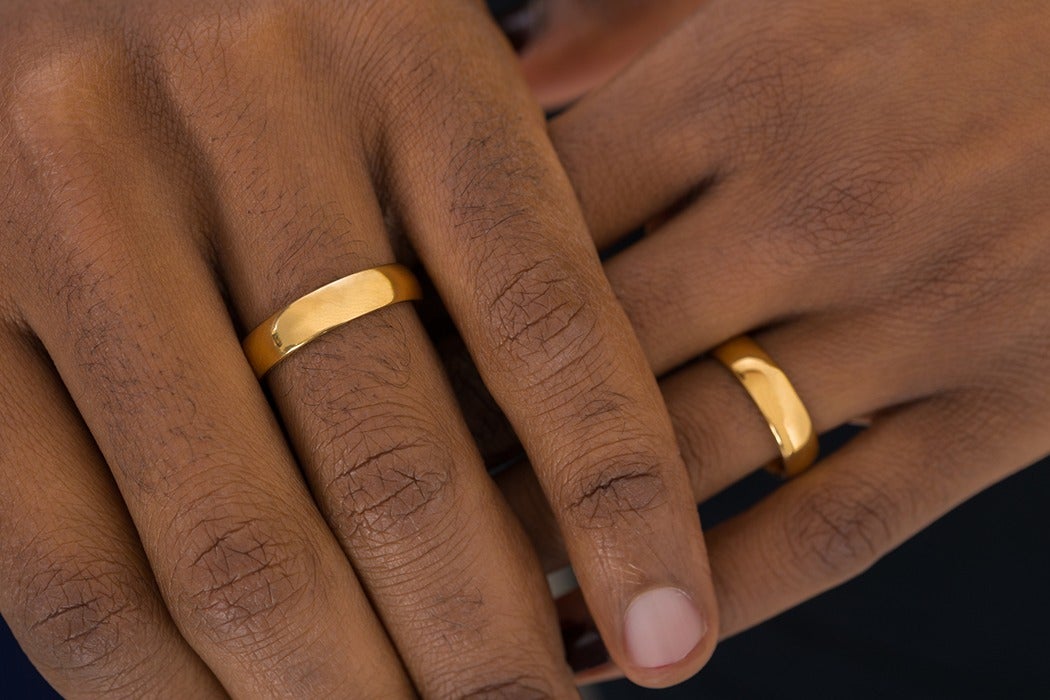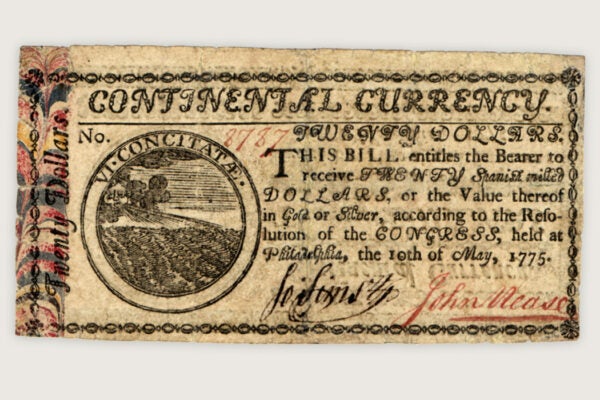This wedding season, whether you attend a quick city hall ceremony or a lavish destination wedding on an island, one thing you’ll almost certainly see is an exchange of two rings. But that hasn’t always been standard. In a 2003 paper, Vicki Howard explains how the jewelry industry, and changing cultural norms, created the two-ring ceremony in the 1940s.
Around the turn of the twentieth century, Howard writes, small, local jewelry sellers were under threat from bigger competitors. Mail order catalogs and departments stores had begun offering diamond engagement rings and other fancy jewelry at prices the small stores couldn’t match. The industry responded by focusing on expertise and specialized service.
They also worked with manufacturers to invent new traditions that called for jewelry purchases. There were specialty rings for babies, graduation rings for men, and “sweet 16 rings” for teenage girls.
In 1926, jewelry manufacturers and retailers launched an industry-wide push, featuring radio and newspaper ads and window displays, to make male engagement rings a thing. “The plan was to feature ads depicting pretty girls giving the rings, and ‘picture some “he-men” wearing ‘em,’” Howard writes.
The effort was a colossal failure. Howard writes that it simply didn’t fit a historical moment when marriage as a union of equals was a fringe view and consumption was a distinctly feminine activity. It didn’t help that, within a few years of the campaign’s launch, the Depression led to declining marriage rates. For couples who did tie the knot, the idea of paying for a second ring was often a non-starter.
But when marriage surged again in the 1940s, the environment was different. Couples were marrying younger and had more money to spend. As the nation mobilized for World War II, marriage became a symbol of the nation’s values. Growing suburbanization and home ownership created a new ideal of “masculine domesticity.”
In this environment, jewelers shifted their focus from the male engagement ring to the men’s wedding ring. “Double ring” ceremonies were not unknown before this, but they were uncommon. The Jewelry Industry Publicity Board sought to rectify this with a campaign targeting the media, trade publications, home economics departments, clubs, and factories.
Weekly Digest
While the push to normalize the male engagement ring had flopped, this one was an impressive success. When men went to fight in World War II, weddings rings offered a tangible link to their wives back home. Using two rings also gave young couples a way to differentiate their modern marriages from their parents’ traditions. Popular culture also gave the new idea a boost. For example, Humphrey Bogart put on a ring when he wed Lauren Bacall in 1946.
The standard wedding ceremony changed rapidly. At the end of the Depression, 15 percent of marrying couples used two rings. By the late 1940s, 80 percent did. Today, it’s hard to imagine a ceremony in which only the bride gets a ring.







